Three values of the most famous Einstein equation
- Transfer
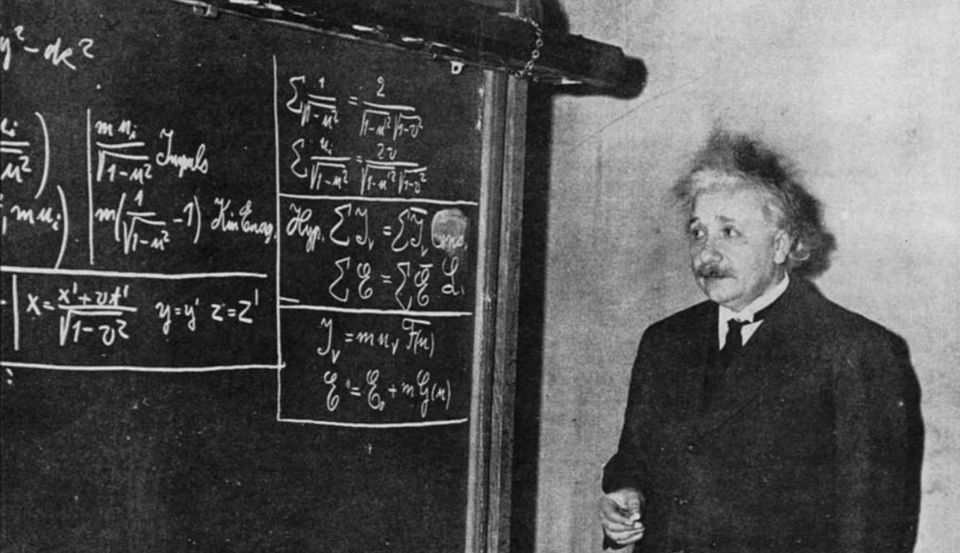
Einstein leads the service station in front of the audience; 1934. For
hundreds of years in physics, there was an immutable law, which was never doubted: in any reaction occurring in the Universe, mass is preserved. It doesn't matter what ingredients to use, what reaction occurred, and what happened - the sum of what you started with, and the sum of what you found out to be equal in weight. But according to the laws of the special theory of relativity, mass cannot be a conserved quantity, since various observers will not agree on how much energy the system has. Instead, Einstein was able to derive a law that we use to this day, governed by one of the simplest and most powerful equations: E = mc 2 .

A nuclear missile is being prepared for testing in 1967. The rocket is working on converting mass into energy, E = mc 2 .
The most famous Einstein equation has only three components:
- E , or energy, completely occupying one part of the equation, and representing the total energy of the system.
- m , the mass associated with the energy through the conversion factor.
- c 2 , the square of the speed of light is a necessary factor ensuring the equivalence of mass and energy.
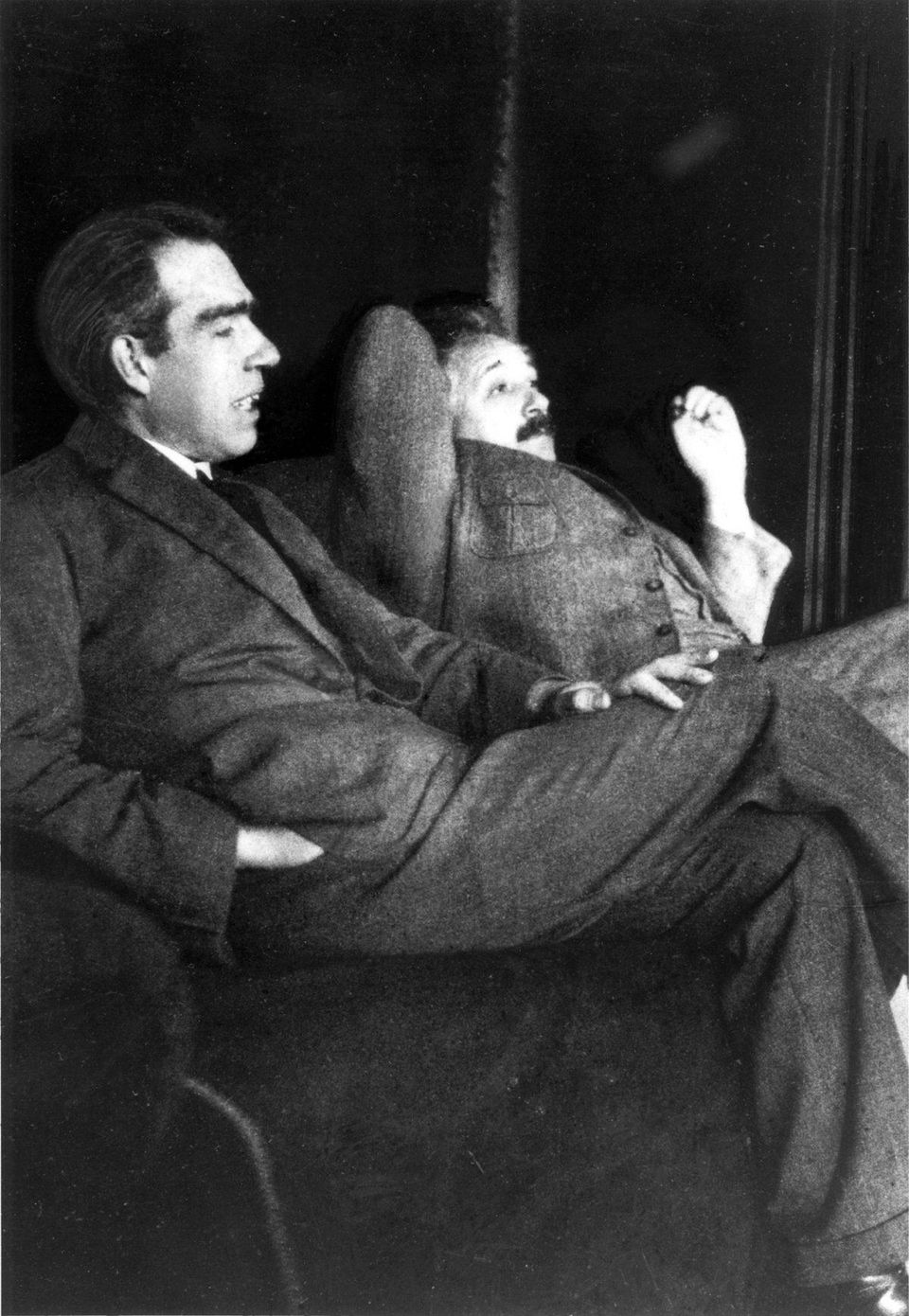
Nils Bohr and Albert Einstein discuss many topics at the home of Paul Ehrenfest in 1925. Bohr's debate with Einstein was the most influential factor during the development of quantum mechanics. Today Bohr is best known for his contribution to quantum physics, and Einstein for his contribution to the theory of relativity and the equivalence of energy and mass.
The meaning of this equation has changed the whole world. As Einstein himself wrote:
From the special theory of relativity it followed that mass and energy are different manifestations of one thing. This concept was unfamiliar to the average person.And here are the three most significant consequences of this simple equation.
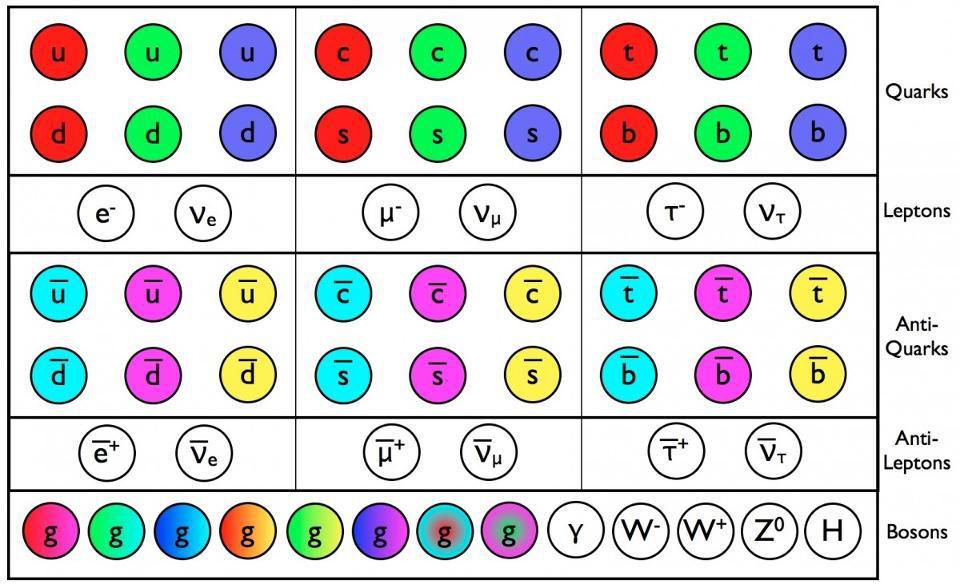
Quarks, antiquarks and gluons of the Standard Model have a color charge, in addition to all other properties like mass and electric charge. Only gluons and photons have no mass; all others, even neutrinos, have a nonzero rest mass.
Even rested masses have inherent energy. At school you studied all types of energies - mechanical, chemical, electrical, kinetic. All these types of energy are inherent in moving or reacting objects, and these forms of energy can be used to do work, for example, to start an engine, light a bulb, or grind grain into flour. But even the usual rest mass possesses its inherent energy: and a huge amount. This leads to a terrific consequence: gravity, arising between any two masses in the Newtonian universe, must also work on the basis of energy equivalent to mass according to the equation E = mc 2 .

Creating pairs of particles from matter / antimatter from pure energy (left) - the reaction is completely reversible (right), because matter and antimatter can annihilate, giving rise to pure energy. This process of creation and annihilation obeys the equation E = mc 2 , and is the only known way to create and destroy matter and antimatter.
Mass can be converted to pure energy . This is the second value of the equation, and E = mc 2 tells us exactly how much energy can be obtained from mass conversion. For every kilogram of mass that turns into energy, you get 9 × 10 16J of energy, equivalent to 21 megatons of TNT. Observing radioactive decay, or by fission reactions or nuclear fusion, one can see that the final mass is less than the initial mass; mass conservation law does not work. But the difference is equal to the amount of energy released! It works for all cases, from the decay of uranium and atomic bombs to nuclear fusion in the core of the Sun and the annihilation of particles of matter / antimatter. The mass to be destroyed is converted into energy, the amount of which is calculated by the formula E = mc 2 .
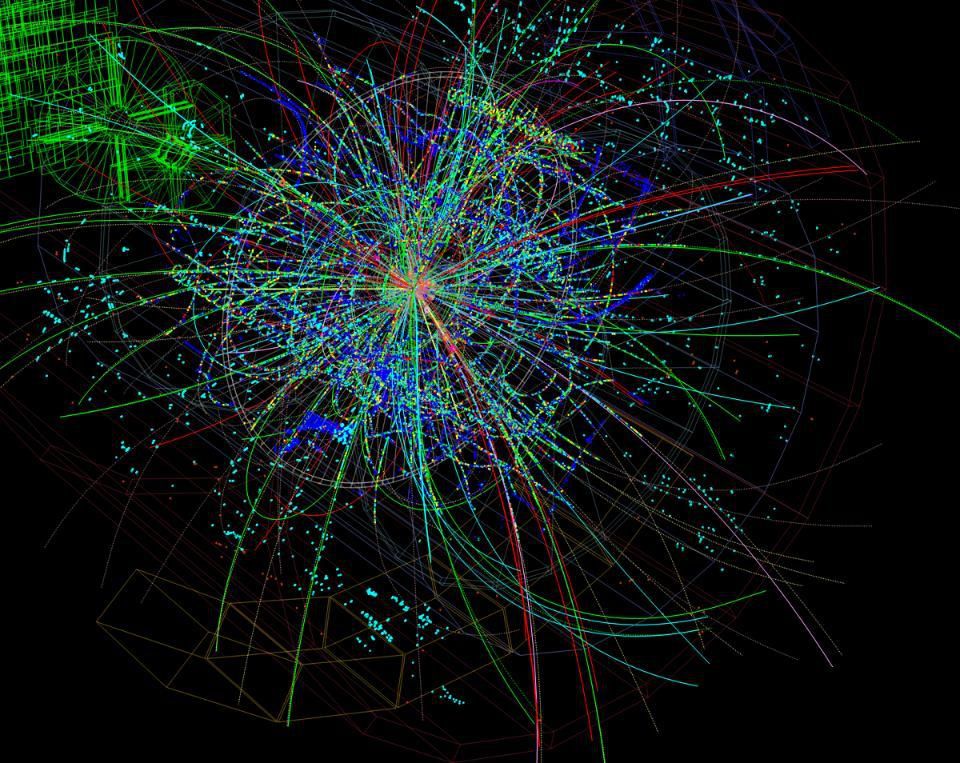
Traces of particles generated by high-energy collisions at the Large Hadron Collider, 2014. Composite particles disintegrate into components that are scattered in space, but new particles also appear due to the energy available during the collision.
Energy can be used to create mass from virtually nothing - simply from pure energy . The last value of the formula is the most outstanding. If you take two billiard balls and push them together strongly, then you will get two billiard balls at the output. If you take a photon and an electron and push them together, you get a photon and an electron. But if we confront them with a sufficiently large energy, we get a photon, an electron, and a new pair of particles of matter / antimatter. In other words, you can create two new massive particles:
- a particle of matter, such as an electron, proton, neutron, etc.,
- antimatter particle, for example, positron, antiproton, antineutron, etc.
which will appear only if you put enough energy into the experiment. This is exactly how accelerators, such as the LHC at CERN, are looking for new, unstable, high-energy particles (such as the Higgs boson or the top quark): creating new particles from pure energy. The resulting mass arises from the available energy: m = E / c 2 . This also means that the lifetime of a particle is limited, then due to the Heisenberg uncertainty principle, there is an inherent uncertainty in the mass value, since δE δt ~, and, consequently, the corresponding δm also follows from the Einstein equation. When physicists talk about the width of a particle, they mean this internal mass uncertainty.

The curvature of space-time by gravitational masses in the picture of the world of GR
Equivalence of energy and mass also led Einstein to such a great achievement as the general theory of relativity. Imagine that you have a particle of matter and a particle of antimatter, with the same rest masses. They can be annihilated, and they will turn into photons with a certain energy, exactly according to the formula E = mc 2 . Now imagine that this particle / antiparticle pair moves rapidly, as if falling from deep space towards us, and then annihilates near the surface of the Earth. These photons will have additional energy - not only E from E = mc 2 , but also additional E, the kinetic energy acquired due to the fall.
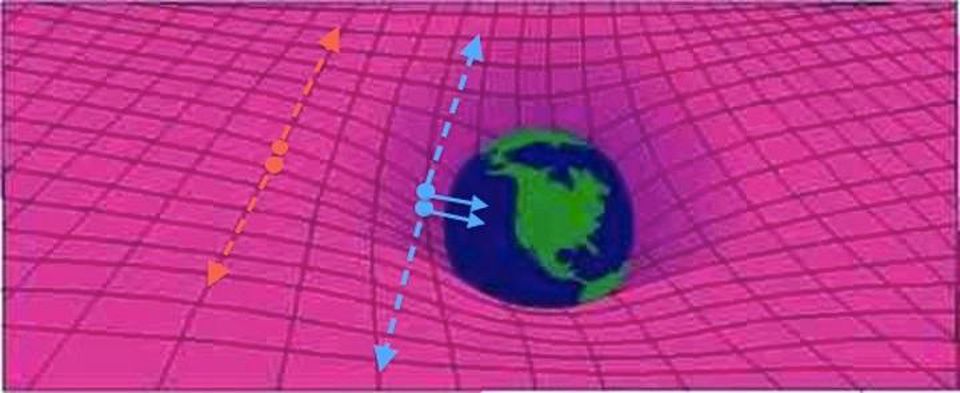
If two objects of matter and antimatter annihilate when in rest, they will turn into photons of quite definite energy. If these photons appear after falling in a gravitational field, their energy will be higher. So, there must be a gravitational red or blue displacement, not predicted by Newton's gravity - otherwise the energy would not be saved.
If energy is to be conserved, then gravitational red (and blue) displacements should be real. Newton's gravity has no way to explain this effect, but in Einstein's GR, the curvature of space means that falling into a gravitational field adds energy to you, and going out of a gravitational field forces you to waste energy. It turns out that the full and general interconnection for any moving object will not be E = mc 2 , but E 2= m 2 c 4 + p 2 c 2 (where p is a pulse). And only by summarizing all the information, including energy, momentum, and gravity in the description, can one truly describe the Universe.
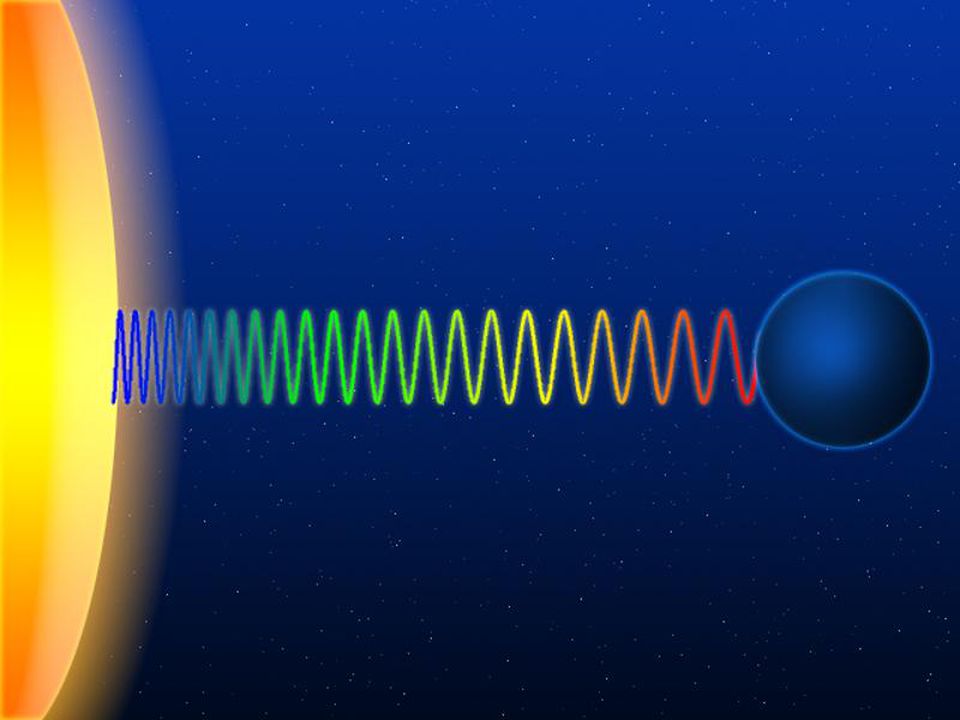
When a quantum of radiation leaves the gravitational field, its frequency experiences a red shift due to the conservation of energy; when he falls in the field, he must experience a blue shift. And this makes sense only if gravity is connected not only with mass, but also with energy.
The greatest equation of Einstein, E = mc 2, is a triumph of power and simplicity of fundamental physics. Matter has its inherent energy, mass can be converted (under certain conditions) into pure energy, and energy can be used to create massive objects that did not exist before. This method of thinking gives us the opportunity to discover the fundamental particles that make up our Universe, to invent nuclear energy and nuclear weapons, to discover the theory of gravity, which describes the interaction of all objects in the Universe. The key to finding this equation was a modest thought experiment based on a simple assumption: the conservation of energy and momentum. The rest is an inevitable consequence of the scheme of the Universe.
